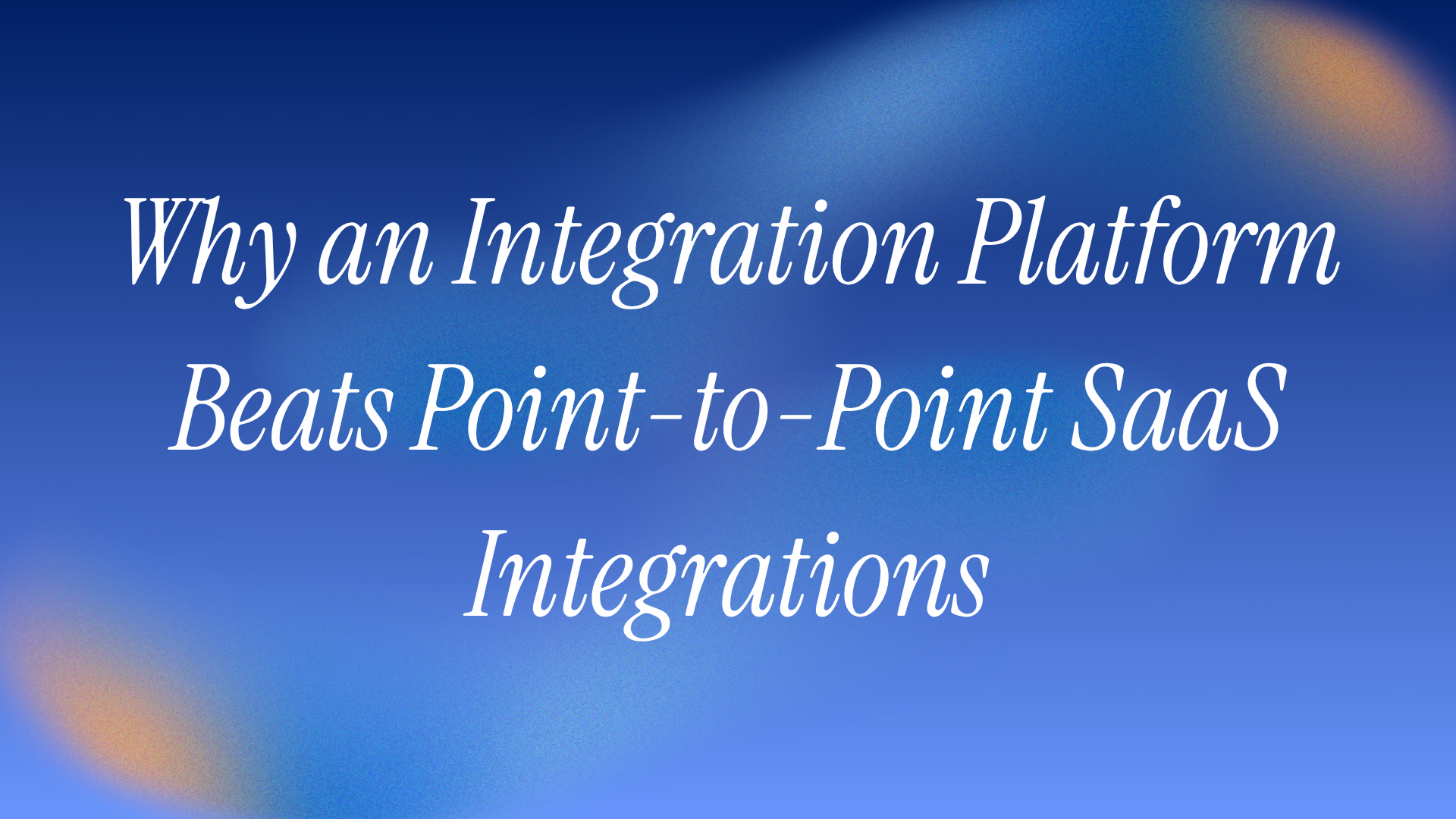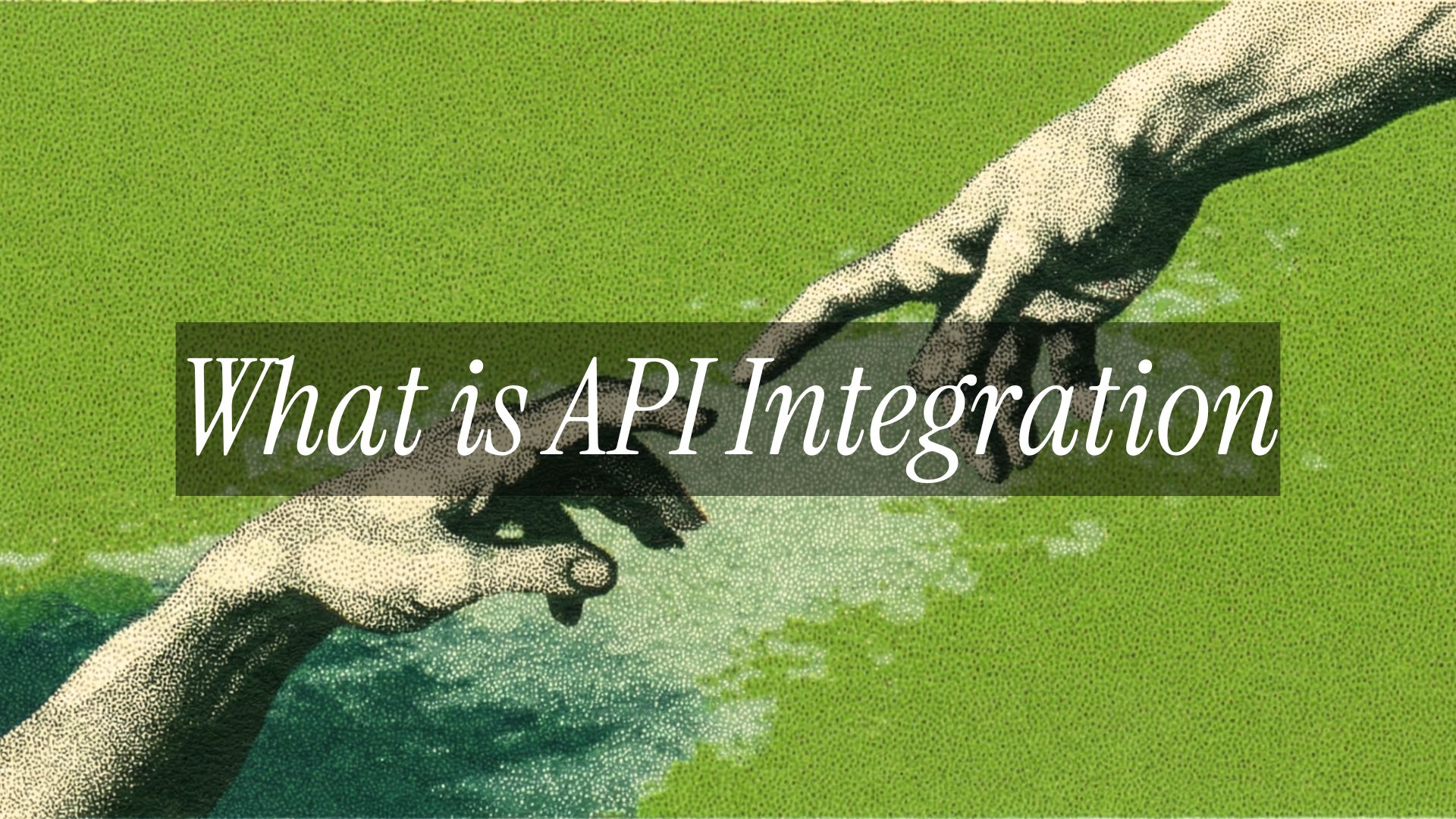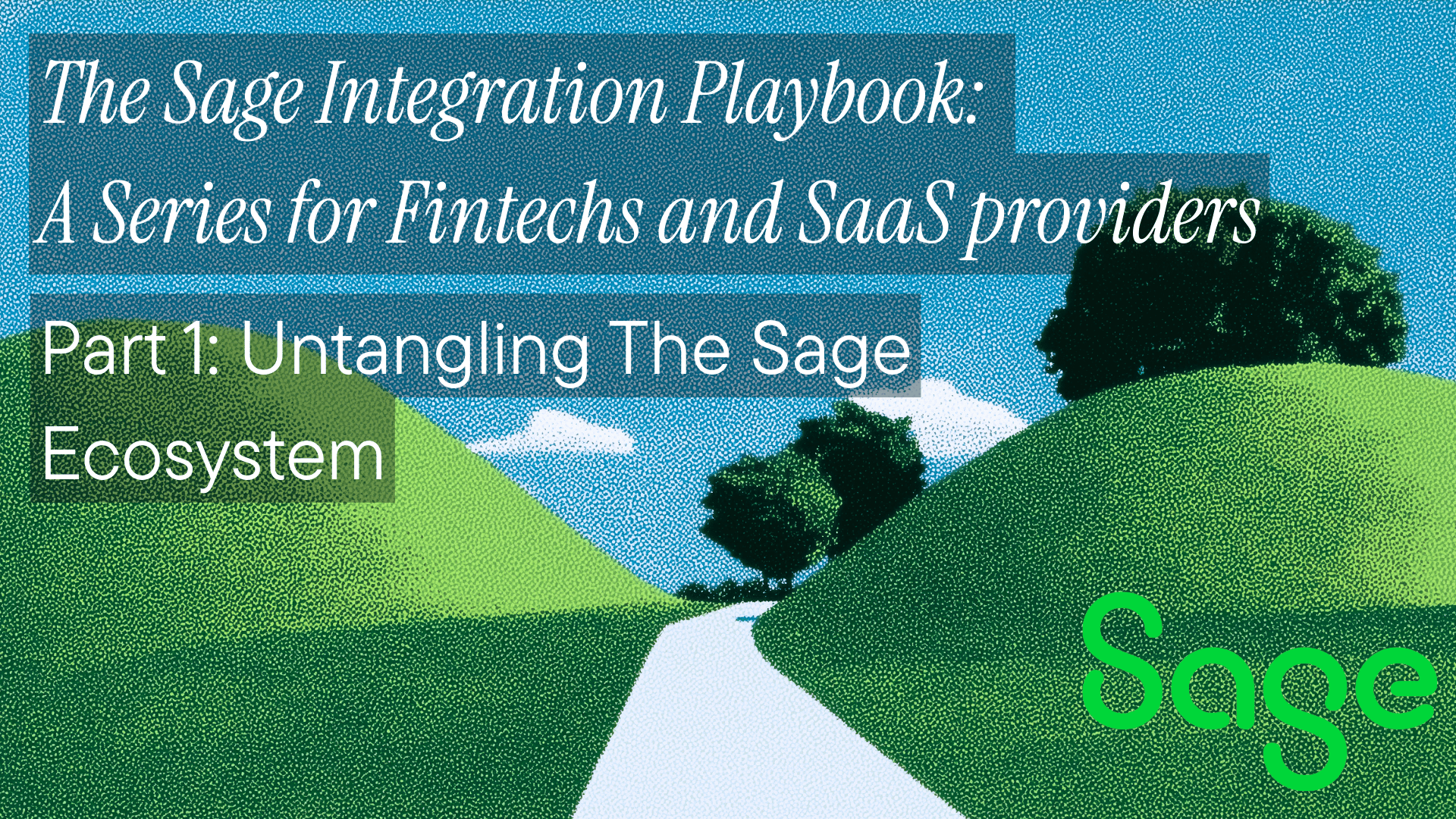The Integration Dilemma
Every SaaS company faces the same challenge: customers expect your product to connect seamlessly with their existing tools. Whether it's syncing data with their CRM, pushing invoices to their accounting software, or pulling employee records from their HRIS, integrations have become table stakes for B2B software.
Most engineering teams start with point-to-point integrations. You need to connect to Salesforce? Write the integration. QuickBooks? Another integration. Before long, you're maintaining dozens of custom connections, each with its own authentication flow, data model, and error handling. What started as a quick win becomes a maintenance nightmare that consumes your engineering resources.
This article examines why point-to-point integrations break down at scale and how integration platforms provide a sustainable alternative for growing SaaS companies.
What Are Point-to-Point Integrations?
Point-to-point integrations are direct connections between two applications. Your application calls the Salesforce API directly. It speaks to QuickBooks using QuickBooks' specific endpoints. Each integration is custom-built, typically requiring:
- Direct API authentication handling for each service
- Custom data transformation logic per integration
- Individual error handling and retry mechanisms
- Separate monitoring and logging for each connection
For your first few integrations, this approach seems reasonable. The code is straightforward, you have complete control, and there's no middleware to worry about. But this simplicity is deceptive.
The Challenges of Point-to-Point Integrations
Breakage from API Changes
Third-party APIs change constantly. Salesforce deprecates endpoints. Stripe updates authentication methods. HubSpot changes field names. Each change can break your integration, often without warning.
With point-to-point integrations, you're responsible for tracking these changes across every API you connect to. A single breaking change means dropping everything to push a fix before customers notice. Multiply this by 20 or 30 integrations, and your team spends more time fixing broken connections than building features.
Field Mismatches and Schema Drift
Every API has its own data model. What Salesforce calls "AccountName," HubSpot calls "company.name," and Pipedrive calls "org_name." Building translations between these schemas is tedious enough initially, but maintaining them as APIs evolve is worse.
Consider a simple customer record sync. You need to map:
- Different field names and nested structures
- Varying date formats (ISO 8601 vs Unix timestamps vs custom strings)
- Inconsistent handling of null values and empty strings
- Different approaches to custom fields
Each mismatch is a potential data loss or corruption point. The complexity multiplies with every new integration.
Exponential Maintenance Burden
The maintenance cost of point-to-point integrations grows exponentially, not linearly. Here's why:
- N integrations = N different codebases to maintain
- N × M potential interaction bugs (when integrations affect each other)
- N different authentication flows to monitor
- N different rate limiting strategies to implement
- N different webhook endpoints to secure
A team managing 5 integrations might spend 20% of their time on maintenance. At 20 integrations, that same team could be spending 60-80% of their time just keeping existing connections alive.
Slow Deployment
Adding a new integration means starting from scratch:
- Study the API documentation
- Build authentication handling
- Map data fields
- Implement error handling
- Add monitoring and logging
- Test edge cases
- Build UI for customer configuration
This process typically takes 2-6 weeks per integration, depending on complexity. If your competitors offer 50 integrations and you have 10, you're looking at 80-240 weeks of engineering work just to reach parity.
Security Gaps and Lack of Oversight
Point-to-point integrations create a fragmented security landscape:
- Authentication credentials scattered across multiple systems
- No central audit trail for data access
- Inconsistent permission models
- Multiple potential breach points
- Compliance nightmares for GDPR, SOC2, or HIPAA
Without centralized monitoring, you might not notice a compromised integration until customers complain about data issues.
What Is an Integration Platform?
An integration platform (whether iPaaS or Unified API) acts as an abstraction layer between your application and third-party services. Instead of connecting directly to each API, you connect once to the platform, which handles connections to hundreds of other services.
Think of it as a universal translator. You speak one language to the platform, and it translates that into whatever language each third-party service requires. Key components include:
- Unified data models that standardize fields across different services
- Managed authentication handling OAuth flows, API keys, and token refresh
- Automatic API version management adapting to changes without breaking your code
- Centralized monitoring providing visibility across all connections
- Built-in error handling with automatic retries and fallbacks
Benefits of Integration Platforms vs. Point-to-Point
Resilience to API Changes
When Salesforce changes their API, the platform vendor handles the update. Your code doesn't change. The platform maintains compatibility layers, version management, and migration paths. You get notifications about important changes but aren't forced to drop everything for emergency fixes.
Standardized Data Models
Instead of dealing with "AccountName" vs "company.name" vs "org_name," you work with a single, consistent field like "company_name." The platform handles the translation. This standardization eliminates:
- Data mapping errors
- Type conversion bugs
- Null handling inconsistencies
- Custom field confusion
Faster Deployment
Adding a new integration takes hours or days, not weeks:
- Enable the connector in your platform dashboard
- Map any custom fields (often automated)
- Test in the sandbox environment
- Deploy
The platform provides prebuilt connectors, handling authentication, rate limiting, and error recovery. You focus on your business logic, not API mechanics.
Centralized Monitoring and Troubleshooting
One dashboard shows the health of all integrations:
- API call volumes and latencies
- Error rates and types
- Data sync status
- Rate limit consumption
- Authentication status
When issues arise, you have unified logging and debugging tools instead of searching through dozens of different log files.
Scalability
Adding your 50th integration requires the same effort as adding your 5th. The complexity doesn't compound because:
- The data model remains consistent
- Monitoring stays centralized
- Security controls are uniform
- Your codebase doesn't grow
Security and Compliance
Integration platforms provide:
- Central credential management with encryption at rest
- Unified audit trails for all data access
- Consistent permission models across integrations
- Single point for compliance controls
- Reduced attack surface (one connection instead of many)
Cost Efficiency
Consider the true cost comparison:
Point-to-Point:
- Initial development: 2-6 weeks per integration
- Ongoing maintenance: 20-40% of initial development time annually
- Emergency fixes: Unpredictable spikes in engineering time
- Opportunity cost: Engineers maintaining instead of building
Integration Platform:
- Platform fees: Typically usage-based or per-connector
- Reduced development time: 80-90% faster integration deployment
- Minimal maintenance: Platform handles updates
- Engineers focus on core product development
For most SaaS companies with more than 5-10 integrations, the platform approach becomes cost-effective within 6-12 months.
Developer Productivity Gains
Less Time on Maintenance
Instead of monitoring API changelogs and fixing breaking changes, developers work on features that differentiate your product. A survey of engineering teams using integration platforms shows 60-70% reduction in integration maintenance time.
Testing in Sandboxes
Integration platforms provide sandbox environments that mirror production APIs without affecting real data. Test edge cases, error scenarios, and data migrations safely. No more "testing in production" because the third-party doesn't offer a sandbox.
Custom Field Mapping Tools
Visual field mappers and transformation tools eliminate the need to write custom translation code. Handle complex transformations through configuration, not code. Support customer-specific field mappings without modifying your codebase.
Prebuilt Connectors
Why build what already exists? Platforms offer battle-tested connectors that handle:
- Pagination strategies
- Rate limiting and backoff
- Webhook verification
- Bulk operations
- Real-time vs batch sync
Side-by-Side Comparison
| Aspect | Point-to-Point | Integration Platform |
|---|---|---|
| Initial Setup Time | 2-6 weeks per integration | 2-6 hours per integration |
| Maintenance Burden | High, grows exponentially | Low, handled by platform |
| API Change Resilience | Breaks require immediate fixes | Platform handles updates |
| Data Model Consistency | Different for each integration | Unified across all integrations |
| Monitoring | Separate for each integration | Centralized dashboard |
| Security Management | Distributed credentials and logs | Central authentication and audit |
| Debugging Complexity | Check multiple systems | Single platform interface |
| Scaling Cost | Linear or worse | Marginal per new integration |
| Developer Resources | 40-80% on maintenance at scale | 5-10% on maintenance |
| Time to Market | Months for integration suite | Weeks for integration suite |
| Custom Field Support | Code changes required | Configuration-based |
| Error Recovery | Custom implementation per API | Built-in retry and fallback |
How Apideck Solves These Problems
Apideck exemplifies how modern integration platforms address these challenges. With connections to 190+ SaaS platforms across accounting, HRIS, CRM, and e-commerce, it demonstrates the platform approach in practice:
The unified API standardizes operations across all connected services. Whether you're pulling customer data from Salesforce or HubSpot, the API calls look identical. Full CRUD operations work consistently across platforms, eliminating the need to learn quirks of individual APIs.
Real-time synchronization replaces batch processing delays. Changes propagate immediately, keeping data consistent across systems. The platform doesn't store customer data, reducing security risks and compliance complexity.
Built-in monitoring and error handling mean issues are caught and often resolved before affecting end users. Automatic retries handle transient failures. Detailed logs help diagnose persistent issues without diving into individual API documentation.
The no-code integration builder lets non-engineers configure new connections, freeing developers for more complex tasks. Multi-tenant architecture handles customer-specific configurations without code changes.
The Strategic Choice
Point-to-point integrations work for proof of concepts and early-stage products with minimal integration needs. But they don't scale. The maintenance burden grows exponentially, eating engineering resources and slowing product development.
Integration platforms provide the abstraction layer necessary for sustainable growth. They transform integrations from a constant maintenance burden into a strategic advantage. Your engineers build features instead of fixing broken connections. New integrations deploy in hours instead of weeks. Security and compliance become manageable instead of overwhelming.
For SaaS companies serious about scaling, the question isn't whether to adopt an integration platform, but when. The companies that make this transition early gain a competitive advantage: faster time to market, better reliability, and engineering teams focused on innovation rather than maintenance.
The math is simple: if you're planning more than 5 integrations, or if integration quality affects your customer retention, an integration platform isn't just sensible—it's essential for sustainable growth.
Ready to get started?
Scale your integration strategy and deliver the integrations your customers need in record time.








